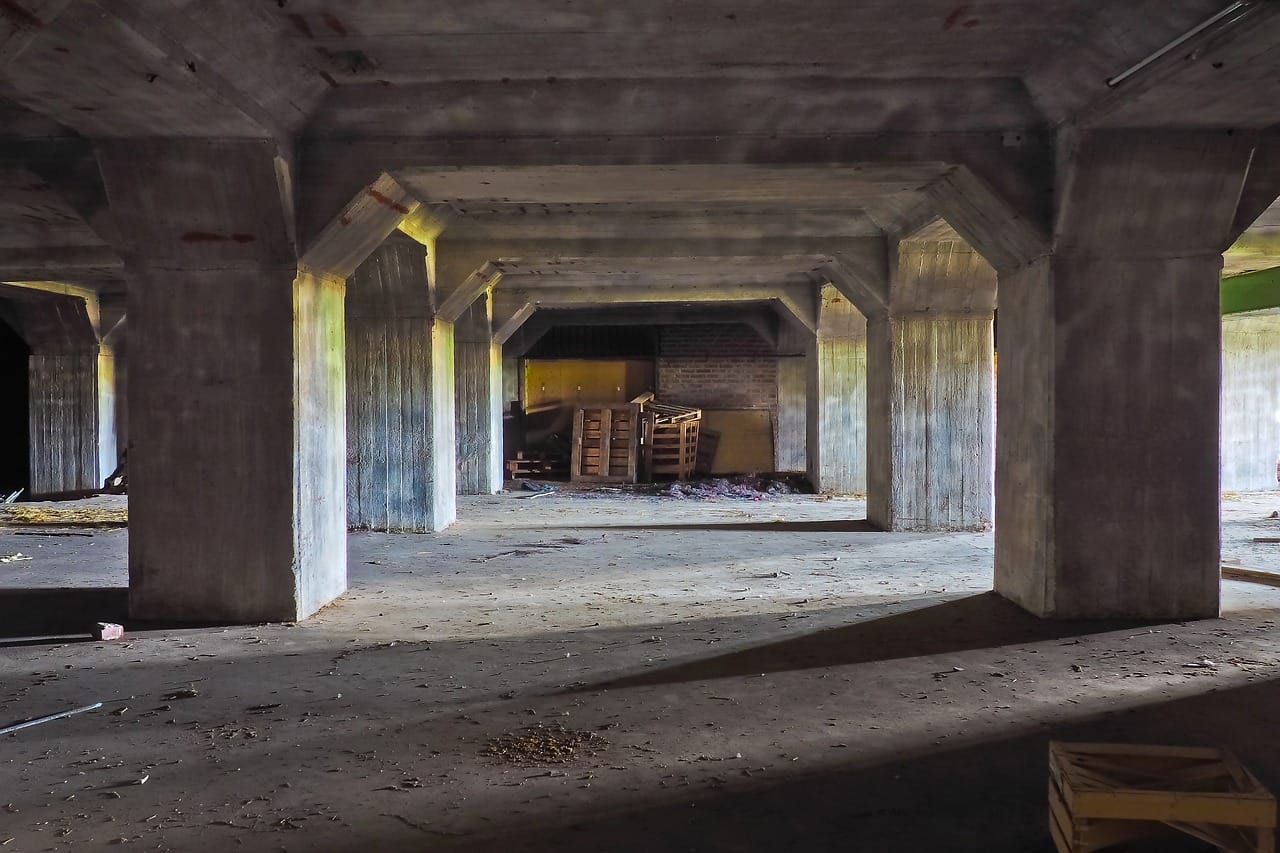Concrete is composed of cement, sand, and water. The mixing is rather simple, and the final substance is one of the hardest known building materials. It has been employed in household and commercial buildings throughout history. However, due to the nature of concrete, improper mixing may result in fissures that ultimately disintegrate. If a section of your concrete floor is cracking, you must fix it to avoid further degradation. Read more here.
Step 1
Prepare the disintegrating area for a new concrete application. Remove any cracking concrete by hand, and then use a floor scraper to dislodge any parts that are partly adhered but have not yet crumbled entirely. After you’re finished, vacuum the area to thoroughly clean it and prepare it for restoration.
Step 2
In a bucket, combine pure cement and water to form a slurry. It should have the consistency of paint. In a separate bucket, prepare the concrete that will be used to complete the repair. Utilize a mason trowel to mix the concrete according to the manufacturer’s directions. It should be rich and creamy in texture.
Step 3
Using a paintbrush, apply a layer of the cement slurry mixture to the previously crumbled area. Assemble the slurry in such a way that it covers the whole surface and enters any fractures. Paint it on in a variety of ways to thoroughly cover the surface. Act fast and avoid allowing the cement mixture to dry. Add more slurry if the first layer begins to dry before adding the concrete.
Step 4
Overlap some of your concrete mixture on top of the cement slurry. Push the concrete around with your flat metal trowel from various angles until the collapsed area is entirely mended. With a flat trowel, smooth the new concrete until it resembles the original concrete. Allow 72 hours for the mixture to cure completely before allowing traffic on it.
Restore a flooded basement floor
After resolving your basement’s moisture issues, the floor becomes your primary concern: Is it stable and level enough to support your chosen floor covering?
If your floor is free of moisture concerns, level (no high spots more than 1/8 inch in 10 feet), and not seriously cracked, it may simply need surface repairs prior to installing underlayment (in sections intended for vinyl flooring) or a completed floor.
If the floor is severely cracked, fractured, or damaged, it will need to be resurfaced with a self-levelling compound or new concrete.
To begin, inspect the surface of the floor for evenness by spinning a 6-foot level in parts. With a carpenter’s pencil, mark dips or high points. As follows, repair those areas:
Lows and Highs
Fill depressions with patching compound, smoothing them out with a trowel and feathering them to the next floor. To level elevated places, rent a concrete grinder. With a straightedge, inspect the surface of your repairs and continue filling or grinding until the floor is smooth and level.
Deposits of salt
On glued-down floor coverings, white or yellow alkaline deposits hinder adhesive bonding. Mop the floor with a solution of four parts water and one part muriatic acid to remove the deposits, then rinse the slab with clean water. Muriatic acid is very caustic, so carefully follow the packaging guidelines.
If your floor is severely damaged and cannot be restored using these procedures — or if such repairs would be prohibitively time demanding — you have two further options: self-leveling compound or a new concrete slab.
However, before deciding on either option, contact a structural expert to discover the origin of the damage to your floor and to guarantee that its state is solid enough to withstand more damage.
Self-leveling concrete
Self-leveling concrete is a liquid mortar that is poured and distributed over a sloping, uneven, but structurally sound floor. The majority of compounds demand that you apply the floor with a primer first.
After the primer has hardened, mix the compound and use a floor squeegee to distribute it evenly throughout the floor, up to 1/2 inch thick. The compound self-levels and dries to a durable, smooth finish. If a thickness larger than 1/2 inch is required, aggregate should be added to the mix.
If your floor is physically unsound, you are not required to tear up the existing slab and start over. You may pour a new slab directly on top of the existing one, as long as the increased floor height provides sufficient headroom. (For minimum ceiling height requirements, see your local construction regulations.) Install any new plumbing first.
Then, as a moisture barrier, place a waterproof membrane — such as 6-mil polyethylene plastic sheeting — over the previous slab, overlapping edges by at least 4 inches. Then, as an expansion barrier, lay 1/2-inch stiff foam around the perimeter of the floor, and hang 6×6-inch #10 wire mesh on brick or blocks to center the wire in the concrete during pouring. At least four inches of concrete should be poured and finished with afloat.
